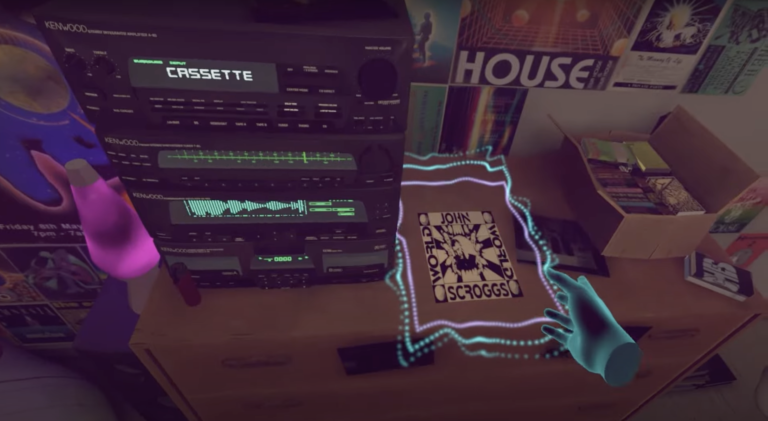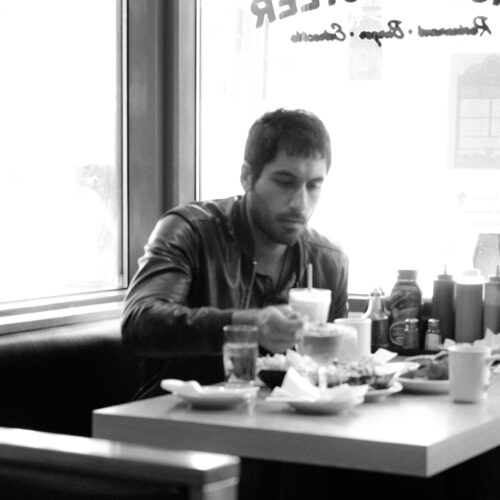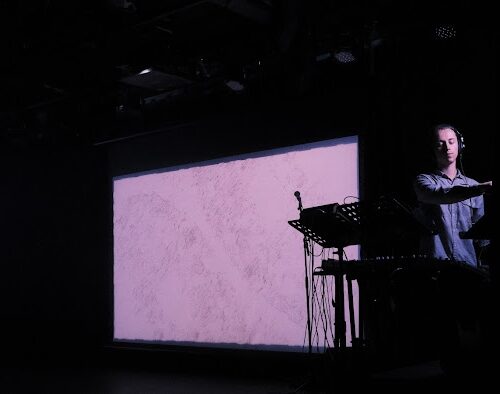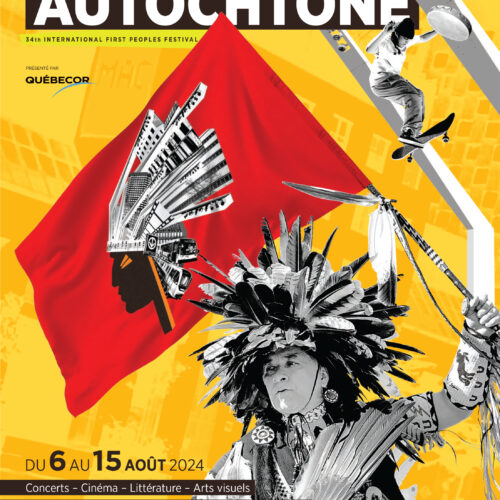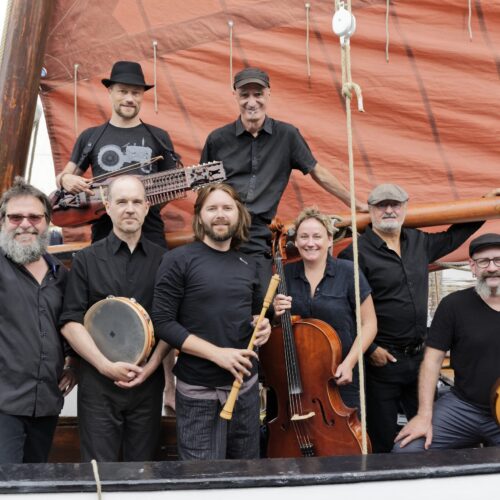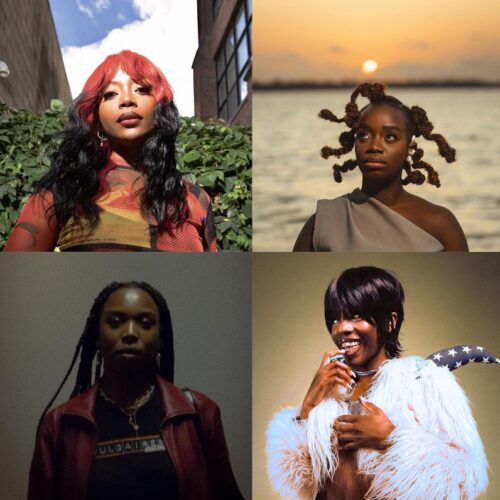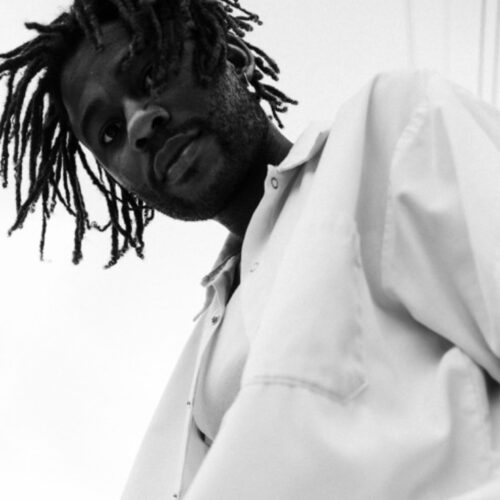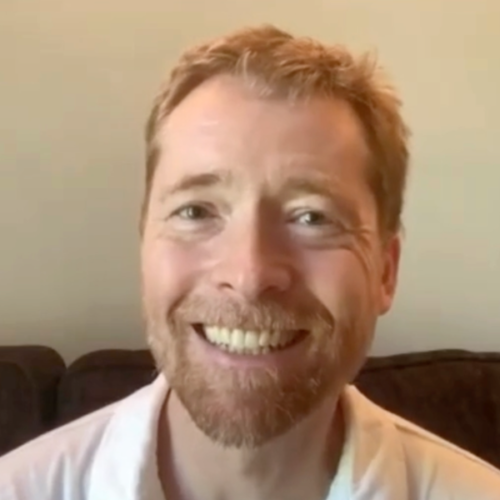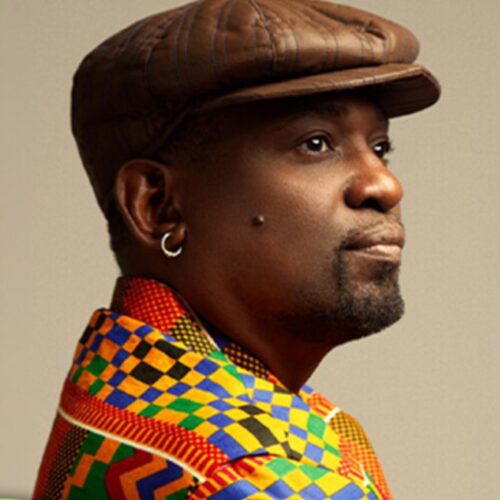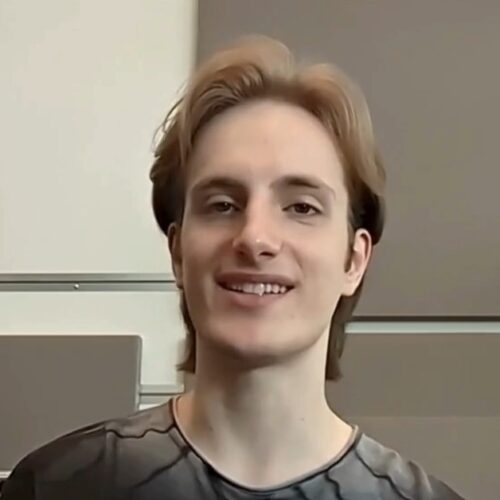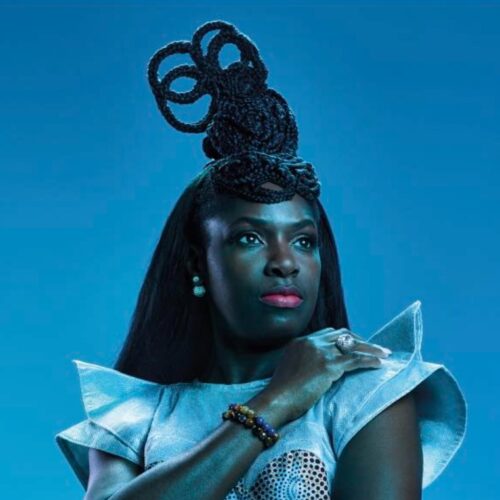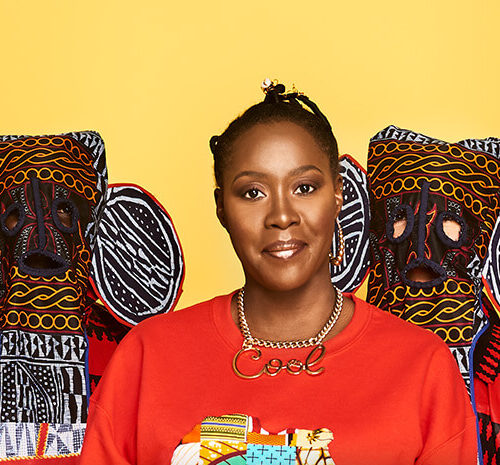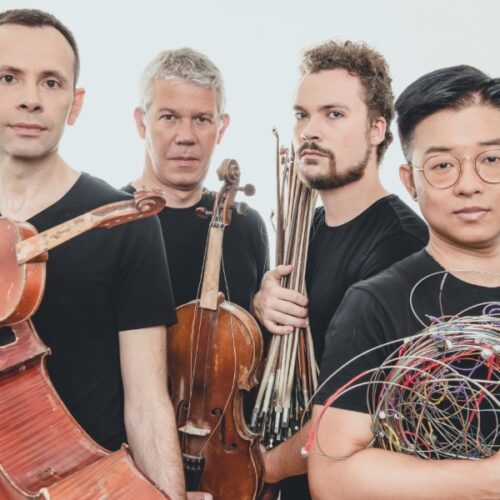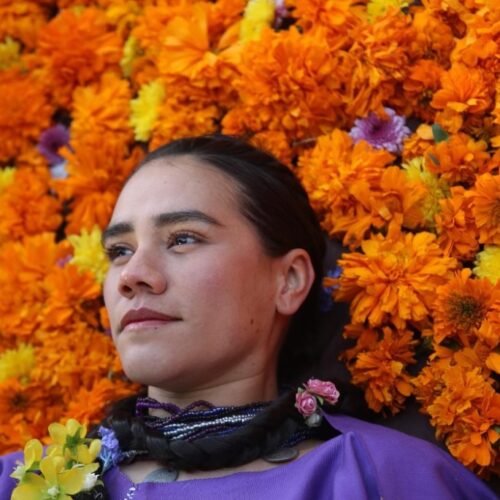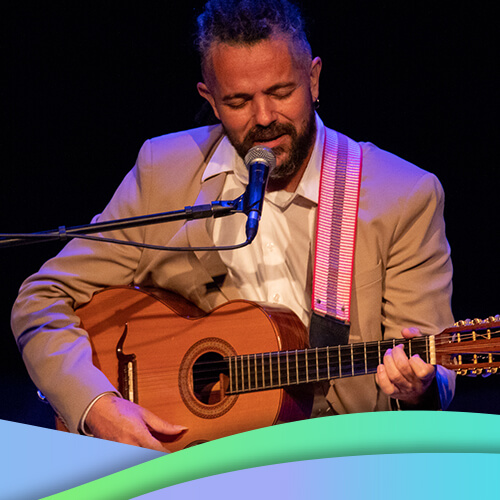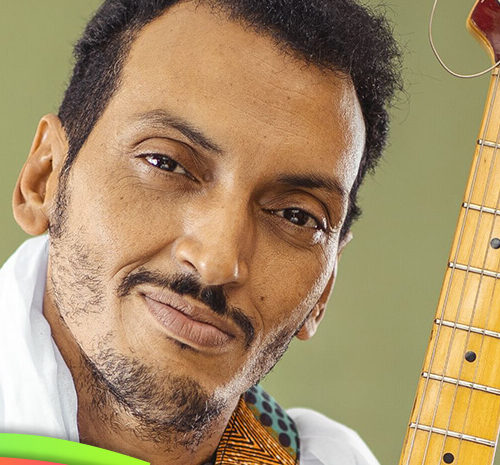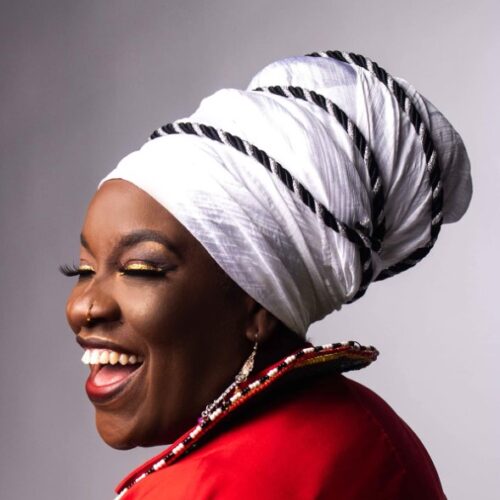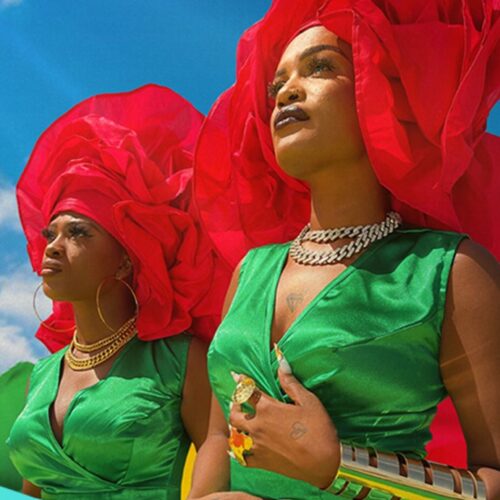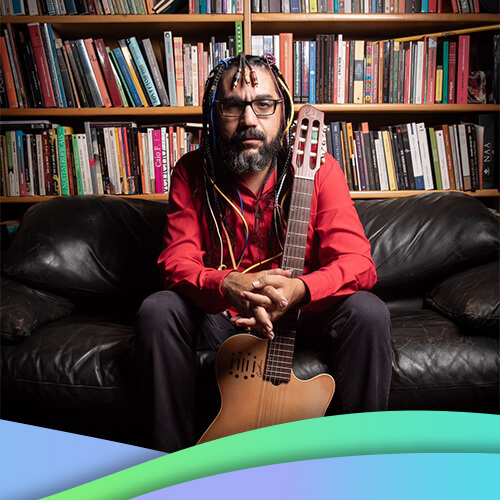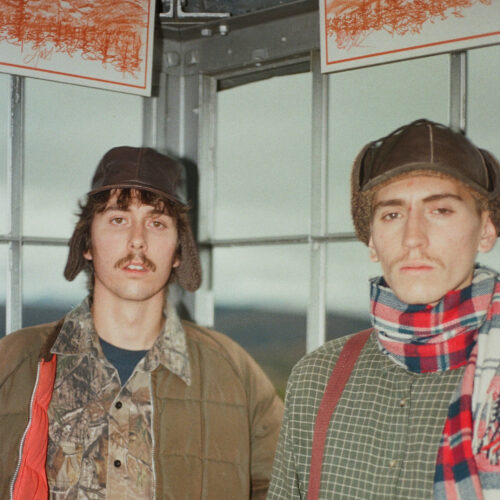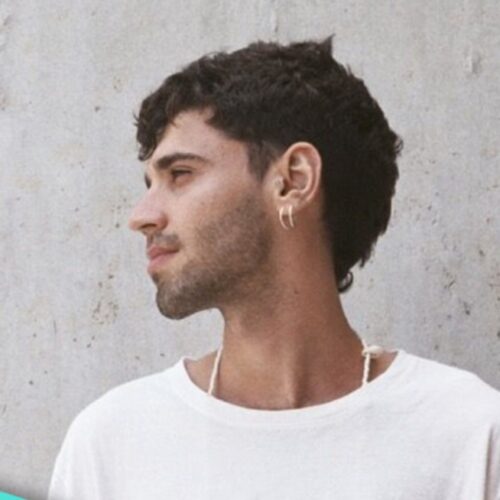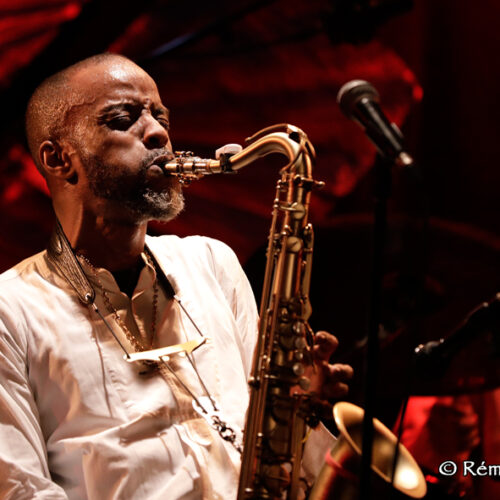Additional Information
Acid House DJs, police officers, rave goers: we are into ‘80s rave culture in the UK. Young people used to grab a flyer, and call a telephone number in a public telephone box to obtain the secret location. And then, it started a cat-and-mouse game between the organizers and the police.
In Pursuit of Repetitive Beats is a virtual reality experience that celebrates multiculturalism and community, through the prism of late ‘80s politics and society. Darren Emerson, the director, succeeded in compiling a single creation: a documentary series, testimonies, archival footage, pieces of period music that make us relive life scenes transcending an entire youth. Emerson is also an artist, writer, producer, and Co-Founder of London production company East City Films. His work, usually, fuses cinema, theatre, music, interaction, immersion, and embodiment. His work is regularly rewarded: Grand Prix Innovation at Festival du Nouveau Cinema, Best VR Experience at the Broadcast Awards, Best VR Narrative at the World Press Photo Awards award for Immersive Non-Fiction at IDFA Doclab, Best Location-Based Entertainment at the prestigious VR Awards 2023 and Venice Biennale! PAN M 360 had the great opportunity to experiment with this masterpiece and talk about it with Darren Emerson.
PAN M 360: Darren, as a director, this is not your first VR film. The list is growing longer and longer: Witness 360: 7/7 (2015), No Small Talk (BBC, 2016), Letters from Drancy (Illinois Holocaust Museum & Education Center, 2023) or in 2024 for SXSW (and many more). Regarding In Pursuit of Repetitive Beats can you tell us more about what led you to work on the theme of rave culture in the UK in the ‘80s?
Behind the scenes:
Darren Emerson: Ever since I started exploring VR as a creator, I have had this experience in the back of my mind. In a sense, I was waiting for the right time, and the right conditions to be able to make it. Some of that was around the technology maturing to a place where the storytelling was possible, and some of that was also my own craft as an artist in the medium getting to a place where I could do the subject matter justice. I would say that In Pursuit of Repetitive Beats represents the culmination of around 9 years of work and experimentation in the medium of VR, a development from my first piece in 2015 to now. In terms of what led me to this subject, however, well, that is based on a lived experience of rave music in the UK. Although I wasn’t raving in 1989, by 1995 I was old enough to be traveling in my friend’s car to illegal raves around the South of England … and much of the spirit of adventure you feel in Beats is me trying to recapture that. 1989 is a more significant cultural and political time to set the experience in, and it deals with the pioneers of this scene. With In Pursuit of Repetitive Beats, I want to take audiences back into the thrill of one night in 1989, to use this immersive experience to re-examine what this moment means through the intersection of storytelling and interaction.
PAN M 360: I had the chance to experience this remarkable multisensory work and I admit that I simply loved it! It is a hybrid documentary at the crossroads of archives. There were testimonials, archive images or videos and even flyers! Explain the artistic process for scripting this complex ensemble.
Darren Emerson: I always start any project by exploring the story first. The technology and the techniques come after that. I think the key to the success of this piece is to frame it over one night: in that sense, you have a clear user journey, a clear first-person narrative, and within that you can explore the wider more textualized documentary narrative. Whilst researching the rave scene I watched many standard documentaries about it, where the formula is to have archive footage married with talking head interviews of people describing what they did and how it felt. It’s a classic music documentary trope. For me that always feels slightly frustrating, because I want to be there, I don’t just want to hear about what happened, I want to be in the middle of the action… to be IN the documentary, and to feel the emotions. In Pursuit of Repetitive Beats is an artistic reaction to this. So, once you have the central concept of the idea (to create a music documentary you partake in), and then frame it within a certain narrative structure (it takes place over one night), then you can start exploring the elements of that night and the environments.
The environment is a key part of spatial storytelling, and so part of the process is exploring those environments and how environment and interaction can help the story unfold. Designing environments and interactions that feel intuitive and allow the audiences a sense of agency in the unfolding narrative, is a lot of fun. Some ideas work, and some you test and they fail … it’s about exploring and trying to think differently about how a narrative can unfurl. All the elements you mentioned in the question: archive, animation, interaction, haptics, spatial sound, all have a part to play. The key is making all of these elements fuse together in a way that allows the audience to get lost in it, and forget they are wearing a headset.
PAN M 360: The visual is a crucial part, of course. Multiple software types are used: Unity, Maya, Blender, Substance Painter or Abode After Effects. Regarding music, we touch the heart of the subject. Among other things, I was able to recognize music by Max Cooper or Joe Goddard. How did this alchemy come about?
Darren Emerson: Originally, I had this idea that all the tracks would need to be from 1989/90. And most are … but then I also didn’t want to be slavishly rigid to that concept if it didn’t feel like it was serving the audience. So, in the end, there were a couple of modern tracks that I felt would work in a more cinematic sense. Joe Goddard’s track “Children” for the ending; which feels euphoric and somewhat sentimental yet still a banging track, and then Max Cooper’s track “Aleph 2” for what I feel is one of the most pivotal scenes in the experience. I’m a big fan of Max, and his videos, and I remember coming across this track and instantly visualizing what became the scene of people in convoys of cars trying to get to the rave whilst being pursued by the police, which takes place in an ethereal world of classic flyer artwork!
To be honest, at the time I was struggling with that scene conceptually, and that track really inspired my approach to it. There are also a few tracks from a big UK Acid House label called Network Records which was based near Coventry in the midlands of the UK, and they were one of the biggest labels for this music in that era, and they still re-issue tracks today. So it was good to work with them on discovering lesser-known tracks from the period. And of course, opening the experience with Orbital’s “Chime” was a no-brainer. It’s such a seminal track of the period…and a true classic! As is Joey Beltram’s “Energy Flash” when you get to the rave.
PAN M 360: Last year, you made a totally different VR film, created by the Illinois Holocaust Museum called Letters from Drancy. It is a poignant virtual reality experience that illuminates the power of an unbreakable bond between a mother and her daughter during the Holocaust. How do you approach such diverse and varied subjects while defining the appropriate VR production techniques to obtain a unique experience each time?
Venice Immersive 2023 – Letters From Drancy
Darren Emerson: I started Letters From Drancy a month after the completion of In Pursuit of Repetitive Beats, and it’s fair to say it was a bit of a shift mentally. However, I consider the most important element of any VR project to be storytelling, and so I really leaned back into that craft, which I would probably describe as a form of creative non-fiction storytelling. So, the focus for me was the challenge of how I represented the protagonist Marion Deichmann’s story and do justice to the legacy of her mother and the history of the Holocaust. It is such an important and vital topic, and emotionally very challenging, but I wanted to try and find the universal elements in the story that really spoke to me, and that I thought would speak to the audience.
Ultimately the decision was to not make this piece about the horrors of the Holocaust but to make it about the love we have for those who mean the most to us, and how that love remains present within us even when those people depart. I think when people come out of Letters From Drancy they aren’t crying because of the tragedy of the Holocaust (although that is obviously important to acknowledge and live with), but they are crying in the acknowledgment that the human heart has an unbridled capacity to love and forgive. That is a credit to the remarkable Marion Deichmann, someone whom I am in awe of and feel so privileged to have met.
PAN M 360: For future projects, are there any themes you would like to address or innovations to implement?
Darren Emerson: Most of my work really centres on ideas and themes around community. I’m interested in how the experiences themselves can not only observe and comment on notions of community but can also create moments within them where the audience themselves feel as if they are part of a community and act within that context. I’d say I am definitely a humanistic director; I like to examine and recontextualize our lived experience, and I guess try to make sense of it. The good and the bad! In terms of VR and future projects, I think my goal is to keep pushing the medium forward, to keep telling complex and rich narratives, and to create work that explores my passions, and that contains within it something important that I want to impart to audiences. This could be about human connection, it could be about the importance of community, it could be about the joy of dancing, but I want to really move audiences emotionally. Getting a VR experience off the ground is challenging. Being funded to create something you believe in is an enormous privilege. Each time I make something I think to myself that this could be the last time I ever get this opportunity, so I better leave it all out there! I want to blow people’s minds!
In Pursuit of Repetitive Beats is being hosted at the Centre PHI Until April 28. Tickets Here
